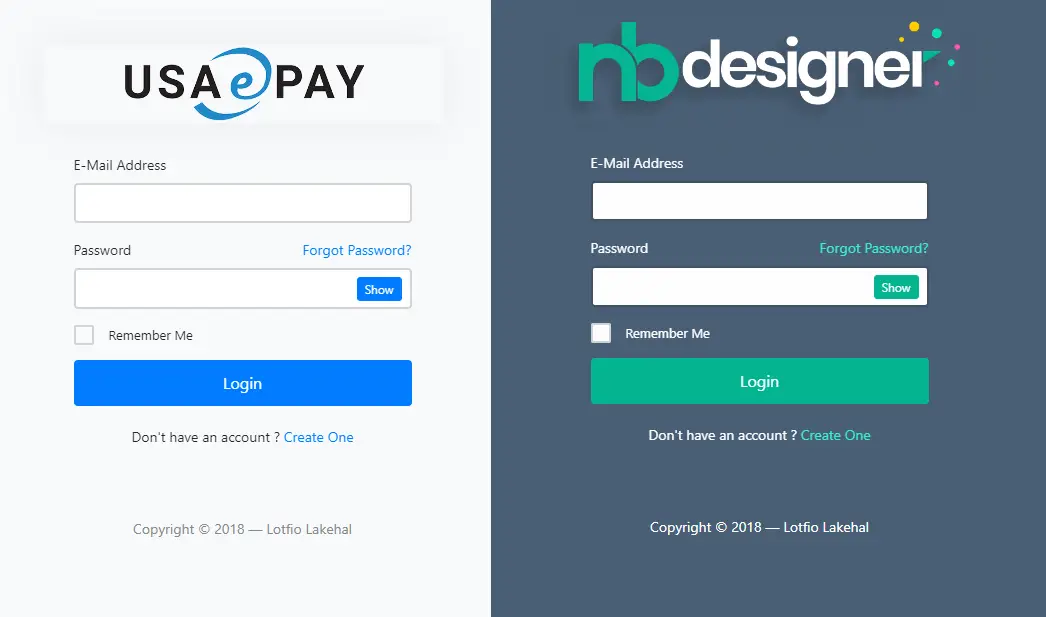How to supply IOptions in ASP.NET Core
By Tan Lee Published on Feb 04, 2025 359
Using IOptions with EmailSettings
Let’s say you have an EmailService class that requires IOptions<EmailSettings> in its constructor:
public class EmailService
{
private readonly EmailSettings _emailSettings;
public EmailService(IOptions<EmailSettings> options)
{
_emailSettings = options.Value;
}
}This requires you to supply an IOptions<EmailSettings> object. If the settings are stored in appsettings.json, you can use AddOptions() with Bind() to bind the settings:
public class Startup
{
public void ConfigureServices(IServiceCollection services)
{
services.AddOptions<EmailSettings>().Bind(Configuration.GetSection("EmailSettings"));
}
}But what if you want to supply the settings with hardcoded values, or fetch them from a database using a registered service? This article will show you how to handle those scenarios.
Supply IOptions<T> with Hardcoded Values
When you want to use hardcoded values for the settings, you can register the Options<T> object using Options.Create().
For example, let’s assume you want to hardcode EmailSettings like this:
using Microsoft.Extensions.Options;
public class Startup
{
public void ConfigureServices(IServiceCollection services)
{
services.AddSingleton<IOptions<EmailSettings>>(_ =>
{
return Options.Create(new EmailSettings()
{
SmtpServer = "smtp.example.com",
Port = 587,
UseSsl = true
});
});
}
}Supply IOptions<T> from a Registered Service
Let’s assume now you want to supply IOptions<EmailSettings> by fetching the settings from a database through a registered service called EmailSettingsRepository.
Use AddOptions<EmailSettings>().Configure<IEmailSettingsRepository>()
This method allows you to use a lambda that accepts the EmailSettings object and the resolved IEmailSettingsRepository service, so you can configure the EmailSettings object based on data from the repository.
public class Startup
{
public void ConfigureServices(IServiceCollection services)
{
services.AddSingleton<IEmailSettingsRepository, EmailSettingsRepository>();
services.AddOptions<EmailSettings>()
.Configure<IEmailSettingsRepository>((emailSettings, emailSettingsRepo) =>
{
var settings = emailSettingsRepo.GetSettings();
emailSettings.SmtpServer = settings.SmtpServer;
emailSettings.Port = settings.Port;
emailSettings.UseSsl = settings.UseSsl;
});
}
}Register IOptions<EmailSettings> Directly with Options.Create()
If you need more flexibility, you can register the IOptions<EmailSettings> directly and resolve the IEmailSettingsRepository instance in the lambda. Then, use Options.Create() to pass the settings.
using Microsoft.Extensions.Options;
public class Startup
{
public void ConfigureServices(IServiceCollection services)
{
services.AddSingleton<IEmailSettingsRepository, EmailSettingsRepository>();
services.AddSingleton<IOptions<EmailSettings>>(serviceProvider =>
{
var repo = serviceProvider.GetService<IEmailSettingsRepository>();
return Options.Create(repo.GetSettings());
});
}
}With these methods, you can supply IOptions<T> in different ways, whether it’s from hardcoded values or a service like a database repository. You can adapt the solution based on your application's requirements.
- Implement security headers for an ASP.NET Core
- How to add security headers to an ASP.NET Core Application
- How to Initialize TagHelpers in ASP.NET Core with Shared Data
- Boost Your ASP.NET Core Website Performance with .NET Profiler
- The name 'Session' does not exist in the current context
- Implementing Two-Factor Authentication with Google Authenticator in ASP.NET Core
- How to securely reverse-proxy ASP.NET Core
- How to Retrieve Client IP in ASP.NET Core Behind a Reverse Proxy





